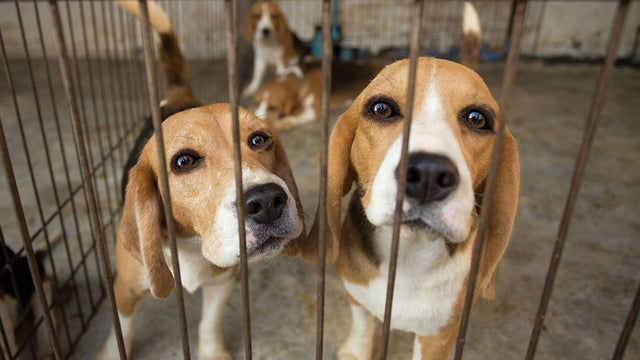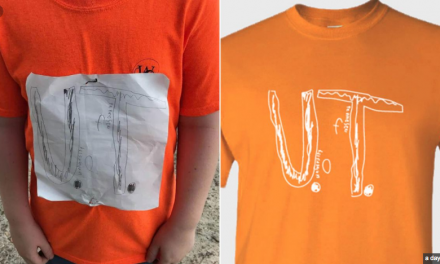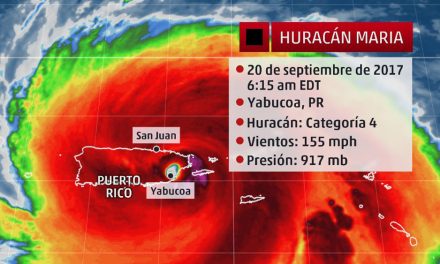On Tuesday, the Trump administration announced that the Environmental Protection Agency (EPA) would stop conducting or funding studies on mammals by 2035.
The agency stated it would devote $4.25 million for five universities to research and develop alternative methods for assessing chemical safety that doesn’t involve animal testing. The EPA will start eliminating its requests for and funding of animal testing, striving to cut use by 30 percent by 2025 and eliminate it all together ten later.
RELATED STORY:
Andrew Wheeler, EPA Administrator, instructed the agency to execute new ways to test the effects of chemicals and other substances regulated by the department to “significantly reduce” animal testing. The main alternatives to animal testing are computer modeling and cell testing. Wheeler said a press conference on Tuesday:
This is an effort that the agency will undertake over the next 16 years to improve the science we use for scientific decision and eliminate the need for animal tests. This is a long-standing personal belief on my behalf.
There are a lot of alternatives between computer modeling and in vitro testing. There are better alternatives for testing the chemical impacts on people than animal testing.1
According to the official memo signed on Tuesday by Wheeler, the effort would likely allow for the evaluation of “more chemicals across a broader range of potential biological effects, but in a shorter time frame with fewer resources.”1
RELATED STORY:
Chemical and pesticide manufacturers must register their products with the EPA and give full test results of how humans are affected by substances. They will be responsible for complying with the directive.
The agency claims eliminating animal testing could eventually allow for “equal or greater biological predictivity than current animal models.”1 Wheeler wrote in the memo:
Scientific advancements exist today that allow us to better predict potential hazards for risk assessment purposes without the use of traditional methods that rely on animal testing.1
Eliminating mammal testing for chemicals could restrict the amount of data available about their effects on humans, according to some scientists. They say computer modeling and cell testing can only show some of the harmful effects substances could have on the public.
RELATED STORY:
People for the Ethical Treatment of Animals (PETA) and the Humane Society praised the move, and both partnered with EPA on the development of the plan. Both groups have a long history of advocating against testing products and chemicals on animals. Amy Clippinger, director of PETA’s Regulatory Testing Department said:
We’re excited to see the EPA ending its reliance on animal testing. Not only because it will reduce the suffering of animals, but it will better protect health and the environment.1
And Sara Amundson, president of the Humane Society Legislative Fund said:
This is the science that is being utilized right now and will be the science of the future that will truly protect public health and the environment.1
Major chemical companies also encouraged the move away from animal testing, according to internal EPA emails obtained by The Intercept. Wheeler is a former lobbyist for several chemical companies.
RELATED STORY:
Wheeler denied any conversations between himself and chemical industry lobbyists. He indicated his drive to end animal testing is personal to him, affirming:
I have not been lobbied by a single chemical company on this plan. This is a long-standing issue to me. I have not talked to a single chemical company about this.1
Wheeler credited the influence of his mother and two sisters, one who is a zoologist and the other a veterinarian, for his passion and commitment to ending animal testing at the agency.
Source:
Social media is strangling out reach! Click HERE to get on our email list today so we can stay connected!












